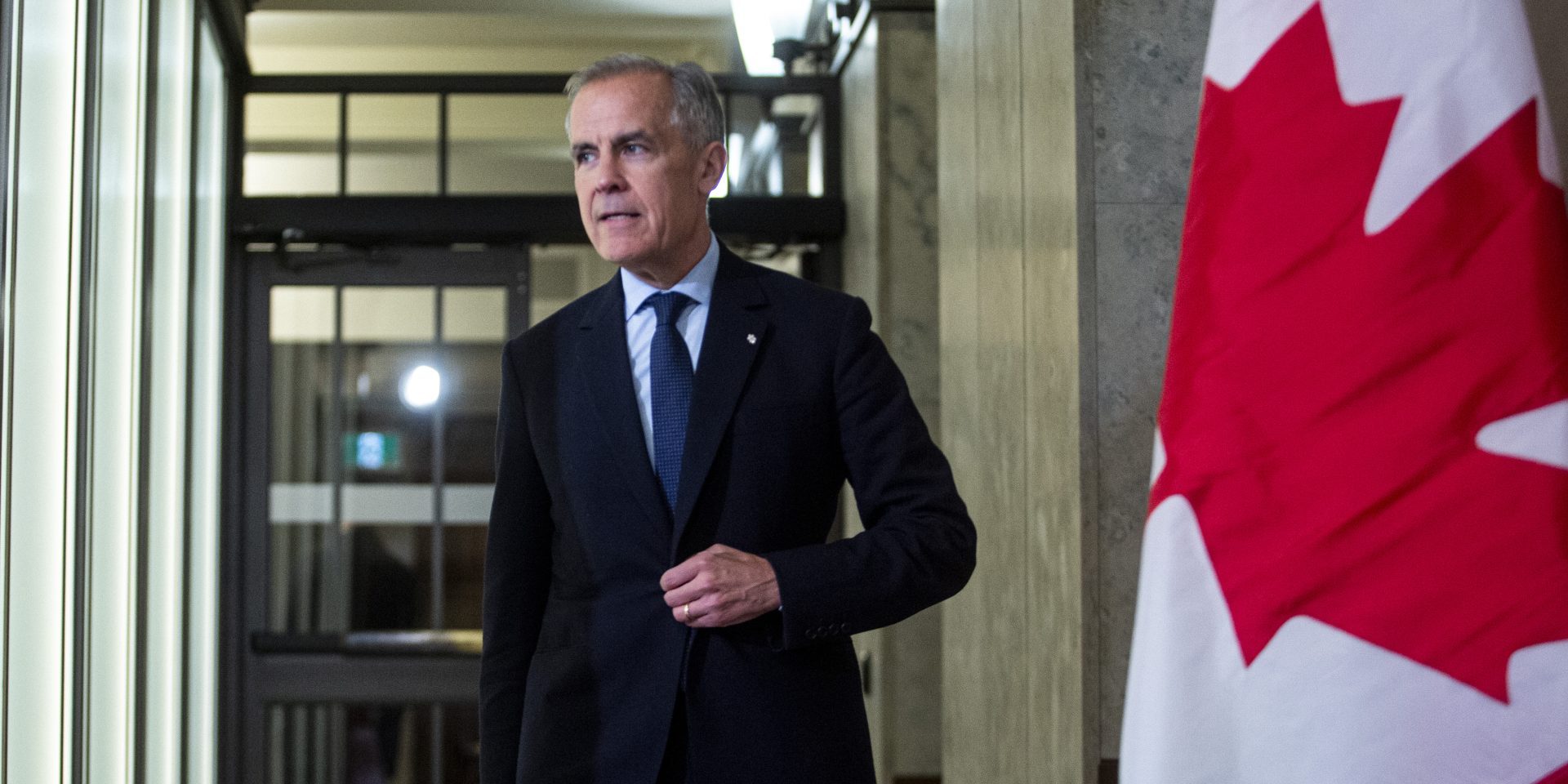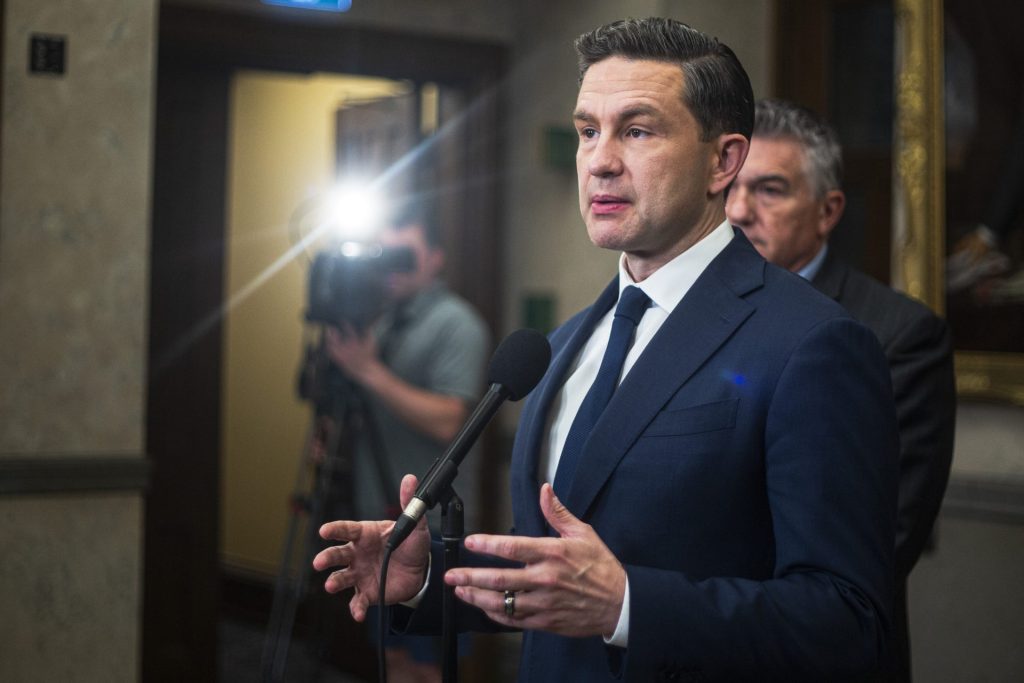Highlights from ‘fast-track’ Carney’s major defence pledge

Prime Minister Mark ‘fast-track’ Carney says the government will be shelling out over $9.3-billion in more funding to hit NATO’s two-per-cent target this fiscal year. Not delaying it to 2032, or even to 2030, the target he had pledged during his election campaign.
Nearly a year ago, then-prime minister Justin Trudeau announced at the NATO summit in Washington, D.C., that Canada would reach its defence spending target of two per cent of the GDP by 2032.
Carney’s (Nepean, Ont.) June 9 announcement was perhaps an example of his “speed not seen in generations” claim at work.
His government, Carney said, is drafting a new defence and industrial policy to achieve this target, and there will be further investments made in the coming year that can push spending on defence higher.
Here are some of the highlights from Carney’s announcement:
- The feds tabled supplementary estimates for the incremental $9-billion above their main estimates for 2025-26. This includes spending of $2.1-billion towards pay raises for members of the Armed Forces, recruitment of more regular and reserve forces, and providing better health services to its members.
- About $2-billion would be set aside towards military aid for Ukraine. The money would be used for buying more weapons, drones, combat support and regular vehicles and pilot training, among other things.
- Arctic security has expectedly come under focus, and $1-billion is allocated towards expanding and launching new projects in the region. This will include building and improving long-range artillery and undersea surveillance systems.
- Funding of $833.7-million in the supplementary estimates is for upgrading the Defence Department’s existing infrastructure, and carrying out repairs and maintenance of current resources to bring them to an operational level, as per Carney.
- An amount of $2.1-million is earmarked for “supporting defence industries,” and pushing for research and development. This will be covered under the new Defence Industrial Strategy, and will involve making use of joint NATO procurement mechanisms. More details on what this actually looks like are to follow.
- Improving cyber security, information management, data storage and other digital tools has been given funding of $550.2-million in the estimates.
- A majority of these costs in 2025-26 are going towards operational expenses, and Carney said they are “spendable” this year, on the question of whether Canada will be able to really meet this target. His plans to procure more submarines, drones, ice breakers, and other equipment did not feature in the new costs.
- When asked about the “sacrifice” that will go into funding these extra defence spends, Carney added there will be no income tax increases, but he was vague about the fiscal arrangement that will help pay for it. The budgetary deficit for this year, he hinted, will scale higher.
- Conservative Leader Pierre Poilievre said during a presser after the announcement that his party would support any legitimate defence spending, but he wants the government to table a budget to see how Carney’s plan reflects on overall finances and where the money comes from for meeting the two per cent target.

- Carney has attributed the move to wanting to defend Canada from threats from Russia and China, and making the country less dependent on the United States. Canada, he said, will join the European Union program to increase military arms production and purchasing (ReArm Europe), as was revealed in the May 27 Throne Speech.
- NATO Secretary-General Mark Rutte said on June 9 that he expects members to agree to hike their spending to 3.5 per cent of the GDP at the summit in Hague later this month, and this would further scale up to five per cent to match the target U.S. President Donald Trump has set. In response, Carney quipped that their policy is guided by what’s necessary, and not to “satisfy NATO accountants.”
Government sending ‘the right signals’
David Perry, the president of the Canadian Global Affairs Institute and host of its Defence Deconstructed podcast, welcomed the news. He told The Hill Times that in his view, there was a “good focus” on the more substantive aspects of defence spending that are less sexy, but important, versus the shinier aspects.
“I think it is interesting that the commitment of another $9-billion almost a quarter of the way through the fiscal year is not an easy thing for the government departments to basically internalize and act on because it’s quite late, in their annual planning,” he noted.
But while this may pose challenges to the feds to move on their agenda, the government appears to have identified investment priorities that may be more achievable, like giving pay raises to the forces and putting money into maintenance.
The other aspect that caught his eye, Perry said, was the couple of billion bucks each set aside for defence industry partnerships and strategic partnerships with other countries.
In respect to lowering Canada’s reliance on the U.S., Perry considered it to be a “very difficult proposition” that the country would stop buying defence equipment from the United States altogether. The feds have insisted that they will give a boost to the Canadian steel and aluminum sector, among other industries, through this proposal. Perry highlighted that in the announcement there was a “distinctive” Canadian flavour to the corporate leaders that were present, and some notable American firms weren’t there.
While setting the two per cent spending target for this year is “ambitious,” according to Perry, the government has sent “the right signals” that they “care about delivering on this” and their next challenge will be to cut the bureaucracy involved in defence procurement.
A version of this piece first appeared in Politics This Morning, your go-to source for insider news, analysis, and updates on where all the key political players are that day. Get more insider coverage directly to your inbox from The Hill Times‘ editor Peter Mazereeuw and reporter Riddhi Kachhela in this subscriber-only daily newsletter. Sign up here.
The Hill Times






 LICENSING
LICENSING PODCAST
PODCAST ALERTS
ALERTS













